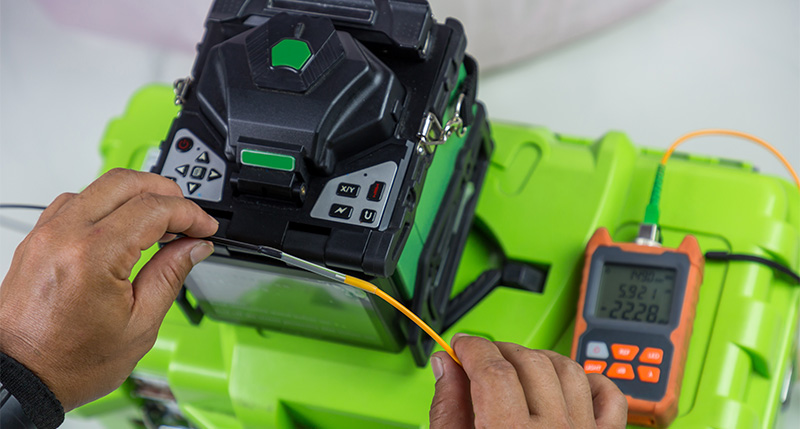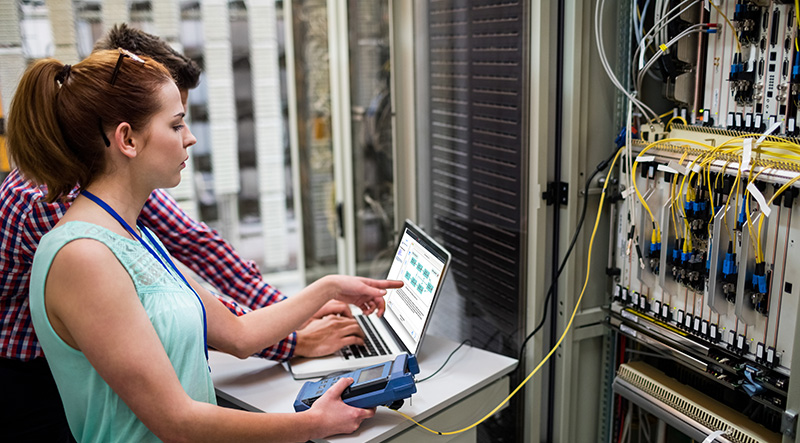Three cheers for 2G
September 18th, 2024

In 1991 the first commercial GSM mobile service was launched in Finland heralding a revolution in how we communicate. This second-generation service was the first to use digital technology providing a far superior performance than existing (1G) analogue services. The GSM standard developed by the European Telecommunications Standards Institute (ETSI) soon became accepted as a global standard for mobile communications.
By the early 2010s, GSM had reached a peak in terms of global coverage and calls made, with 90% market share. Since then, the number of calls made using GSM phones has decreased with less than 1% of calls made in the UK now relying on 2G coverage. With the increase in coverage of 4G and 5G services, many countries are planning to turn off their 2G and 3G services, with Australia being the first to be without 2G in 2018.
However, this 33 year old technology still has some life left in it. Even in developed countries such as the UK, 4G covers just 95% of the landmass leaving many with just 2G or 3G coverage while in Africa just 50% of the population has access to a 4G service.
Another reason for a delay in the shutdown of GSM transmissions is their use for machine to machine (M2M) communications. Smart meters often rely on 2G coverage for the transmission of electricity and gas consumption data. The automatic vehicular emergency call service eCall in Europe also uses GSM to call the emergency services in the event of an accident.
It is anticipated that GSM services will be turned off in Europe by 2035 but until then this venerable but reliable technology will have outlasted 3G and will continue to play an important part in modern communications. So, three cheers for 2G.
PTT has also been in operation for over thirty years and offers online courses covering telecommunications subjects including an Introduction to mobile systems, 4G and 5G radio access networks, and Advanced mobile systems.
Comments Off on Three cheers for 2G
Providing for a fibre future
August 21st, 2024

The availability of fibre to the home broadband services in the UK has increased dramatically in the last few years – fibre reached just 18% of households in 2018 but increased to around 65% in the first quarter of 2024 with some analysts predicting 70% coverage by 2025. But the UK government has an ambitious target of extending gigabit-capable fibre networks to 85% of properties by 2025. The European Union has similar fibre broadband reach figures and expansions plans as the UK. So, there is much more work needed to reach these objectives.
Fibre installation needs skilled personnel so altnets and incumbent operators require an ever-expanding pool of expertise to realise their expansion plans.
Apprenticeships are a proven way of delivering staff with the required skills and knowledge to not only carry out today’s tasks but also provide the network planners and managers of the future.
PTT has recently launched a new “Optical fibre installation and testing” online course that along with other PTT courses such as “Telecoms access networks” and “Telecoms testing and fault-finding” cover the knowledge requirements of the “Telecoms field operative (Level 2)” apprenticeship standard.
Comments Off on Providing for a fibre future
Providing the next generation of ICT professionals
July 30th, 2024

A recent UK government report highlighted that nearly a third of all unfilled job vacancies were due to the employer not finding the skills they need. The sectors most affected by this shortage include those involved with Information and Communications Technology (ICT).
And it’s not just the UK experiencing this problem. Similar skills shortages for technology-based roles have been reported in the European Union and the USA.
The provision of apprenticeships has an important role in providing the skills and knowledge necessary for a productive and motivated workforce. Germany has long recognised the importance of apprenticeships for a thriving economy and the UK government has, perhaps belatedly, also encouraged the development and delivery of rigorous and relevant apprenticeship programmes.
Although providing an apprenticeship scheme has medium to long term benefits for employers, the short term economic and administrative burden may be an impediment especially for SMEs. Therefore, apprenticeship programmes should be designed to minimise the impact on an employer’s revenue earning activities and minimise the running costs.
Another issue for ICT employers is finding a further education college that delivers specialised telecoms and ICT training. These may be some distance from an organisation’s site and the effectiveness of the delivered training varies.
PTT has several years’ experience of working with employers and training providers in delivering a blended learning approach to ICT apprenticeship programmes that includes the use of online learning. Such an approach provides the flexibility required by employers while minimising costs and ensuring a consistent quality of training provision.
The “Blended learning approach to apprenticeships” white paper discusses the delivery of apprenticeships in the UK, the benefits of a blended learning approach, and the design of such a programme with reference to case studies of successful programmes.
Comments Off on Providing the next generation of ICT professionals


